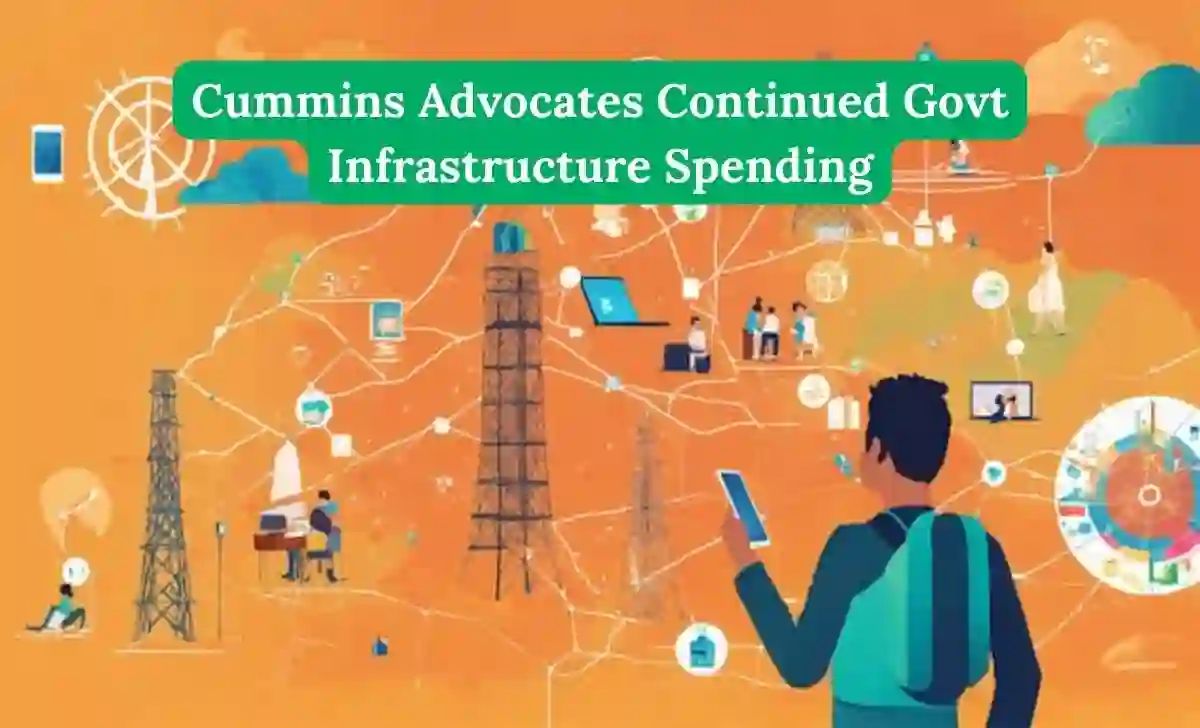Cummins India Advocates Continued Government Infrastructure Spending for Sustained Economic Growth
Unlock growth with Cummins as it champions India’s development through robust infrastructure spending. Explore the engine of progress today.
Introduction:
In a recent interview on CNBC TV18, Cummins India’s Managing Director, Ashwath Ram, expressed the company’s optimism for double-digit growth by the end of fiscal year 2024. While discussing the company’s performance, the conversation shifted to the upcoming budget and the crucial role of government infrastructure spending in fostering economic growth. Ram emphasized the need for sustained investments in infrastructure and outlined key expectations from the budget to support the industry’s expansion.
Government Infrastructure Spending: A Catalyst for Cummins India’s Growth
Cummins India has been thriving in recent years, largely attributing its success to continuous government spending on infrastructure development. Ashwath Ram, the Managing Director of Cummins India, emphasized the pivotal role that infrastructure spending plays in driving economic growth. As India aims to become a three and five trillion-dollar economy, Ram stressed that sustained investment in roads, railways, metro systems, and modernization of the power grid is indispensable.
Ram highlighted the success stories of countries like China, South Korea, Thailand, and Malaysia, stating that their prolonged commitment to infrastructure spending over decades laid a robust foundation for economic growth. Cummins India, a key player in the infrastructure sector, anticipates the government’s continued focus on this vital aspect to support the nation’s economic aspirations.
Also Read:
- Helios Capital’s Perspective on Paytm Bank
- Navigating India’s Fiscal Vision
- Mindspace Business Parks REIT
Budget Expectations and Policy Measures
As the budget approaches, Cummins India has outlined specific expectations beyond the capex numbers. Ram pointed out the recent reduction in duties on mobile components and expressed anticipation for the government to extend similar measures to other sectors. One notable expectation is the continuation and enhancement of the Faster Adoption and Manufacturing of Hybrid and Electric Vehicles (FAME) scheme, which incentivizes the production of products incorporating new energy sources such as the electrification of buses and the use of hydrogen fuel cells.
Moreover, Cummins India looks forward to policy support in the form of GST subsidies for tighter emissions on fossil fuels. With an eye on making India a zero-carbon nation by 2070, Ram emphasized the need for incentives during the transition period, supporting companies working towards cleaner air and reduced pollutants.
Private Capex and Industry Insights
Ram acknowledged the gradual rise in private capex, citing increased utilization rates in factories. Throughout the COVID-19 pandemic, factory utilization plummeted, but recent trends indicate a recovery, with factories operating at over 70% capacity. While private industry is beginning to invest in newer technologies and products, Ram believes that sustained government support is crucial to achieving a significant scale of economic change.
Conclusion
In conclusion, Cummins India’s Managing Director, Ashwath Ram, advocates for the government’s unwavering commitment to infrastructure spending to propel India’s economic growth. The company remains optimistic about its future growth prospects, contingent on sustained investments in key sectors. As the budget approaches, Cummins India anticipates policy measures and incentives that will foster innovation, support cleaner technologies, and contribute to the nation’s ambitious economic goals.









